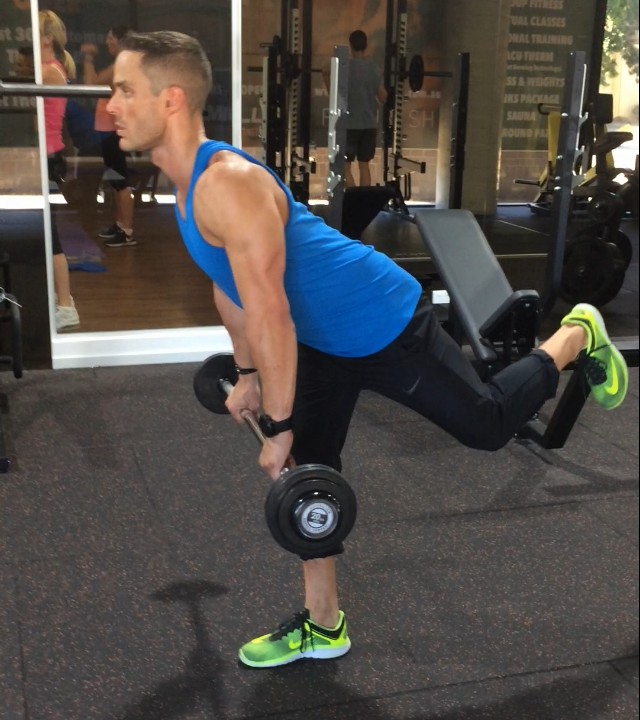The perceived idea that you generally need to constantly lift heavier, has it’s advantages, but also does including a deload week into your regime.
Setting goals for your lifts is very motivating and once you hit those goals, you should set new ones. I’m a big fan of taking a step back though and reaffirming things like tempo and form by doing a lighter week – this is called a deload week.
During my deload week, I generally vary my eccentric, concentric, isometric tempos and the intensity I’m exerting myself to, by using a lighter weight of about 50% of my 1RM. I find this allows my ligaments and tendons to have a rest period from the heavy loading and also a greater chance to grow to accommodate the new muscle i’ve introduced to my joints, from my heavier weeks. With the growth of your muscles, means your ligaments and tendons need to grow too, but they don’t grow as fast, as they’re not as fibrous as muscle fibre.
Another thing I enjoy from my deload week is being able to test the performance of the new strength I’ve gained – this often leads me to the conceptual thoughts about what lifestyle activities I may now be capable of, outside of the gym – after all, we are all training for a greater quality of life right?



